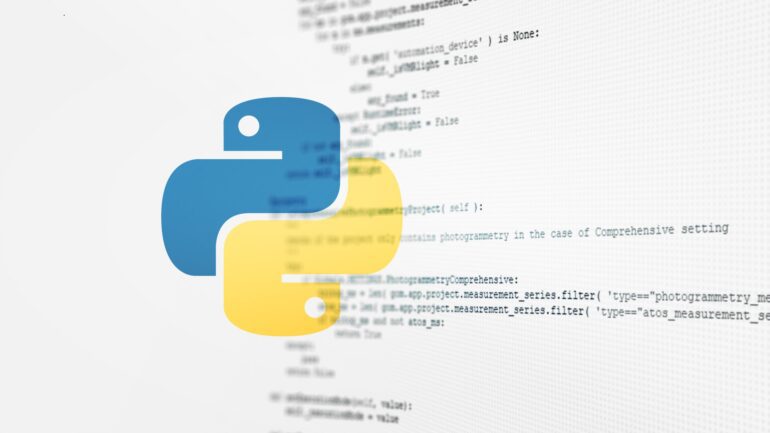TL;DR:
- Python’s simplicity and readability make it accessible for beginners and experts in machine learning (ML) and artificial intelligence (AI).
- Extensive libraries like TensorFlow and PyTorch streamline development, while integration with big data tech enhances its suitability for AI applications.
- Python’s flexibility allows both script-based and object-oriented programming, fostering experimentation and iteration.
- Its large community support and platform independence contribute to its popularity.
- Python’s role in AI and ML is set to grow, especially with its support for cloud services.
Main AI News:
In the realm of machine learning (ML) and artificial intelligence (AI), Python has firmly established itself as the preeminent language of choice. This phenomenon is not without reason; Python’s innate simplicity and remarkable readability render it accessible to novices and seasoned experts alike. The elegance of Python’s syntax further streamlines the process of code creation and debugging, an invaluable asset when grappling with the intricacies of ML and AI algorithms.
Python’s ascendancy is largely attributed to its treasure trove of libraries and frameworks. TensorFlow, PyTorch, and scikit-learn, to name a few, furnish developers with pre-fabricated functionalities, bestowing a precious gift of time and effort conservation. Analytics Insight highlights that Python effortlessly integrates with colossal data-processing technologies such as Apache Hadoop and Spark, rendering it an indispensable tool for AI applications demanding large-scale data crunching.
A hallmark of Python is its adaptability; it comfortably accommodates both script-based and object-oriented programming paradigms. This versatility facilitates experimentation and iteration, a critical requirement in the ever-evolving spheres of ML and AI. As underscored by SteelKiwi, Python’s platform agnosticism and extensive community backing further bolster its popularity. The vast community ecosystem ensures the ready availability of problem-solving resources and a repository of shared wisdom.
Turing.com underscores the intricacies and time-consuming nature of building AI and ML applications. Python, with its vast repertoire of compatible libraries and frameworks, simplifies this intricate journey. Its versatility allows Python to be harnessed across a spectrum of functions within an AI endeavor, from data analysis to the intricate realms of neural networks.
TechNative, in its astute observations, accentuates Python’s relentless march to prominence in recent years, particularly within the realm of AI projects. Its malleability positions it as the keystone in such ventures. Python’s robust support for cloud services is yet another feather in its cap, facilitating the creation of scalable solutions tailored to the exigencies of AI and ML undertakings.
Conclusion:
Python’s supremacy in machine learning and artificial intelligence is a boon for the market. Its accessibility, comprehensive libraries, adaptability, and robust community support make it the go-to choice for AI and ML projects. With the ability to seamlessly integrate with big data technologies and offer scalable solutions through cloud services, Python’s dominance is set to drive further innovation and growth in these fields.

